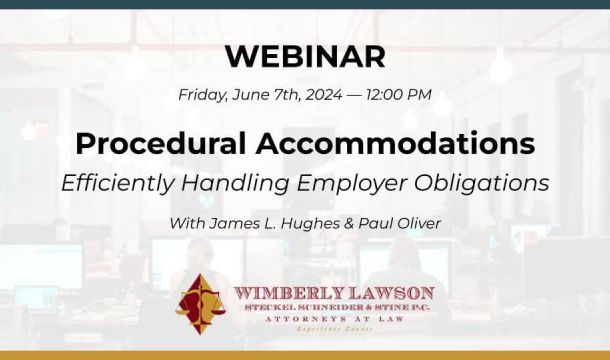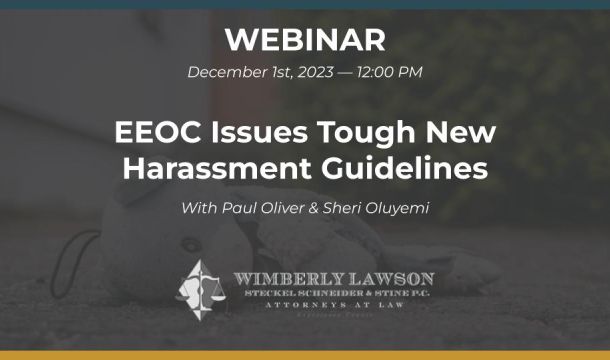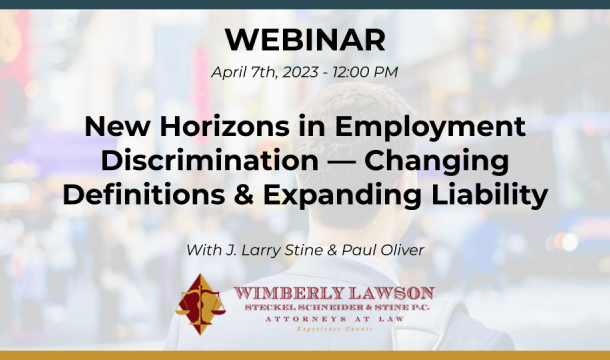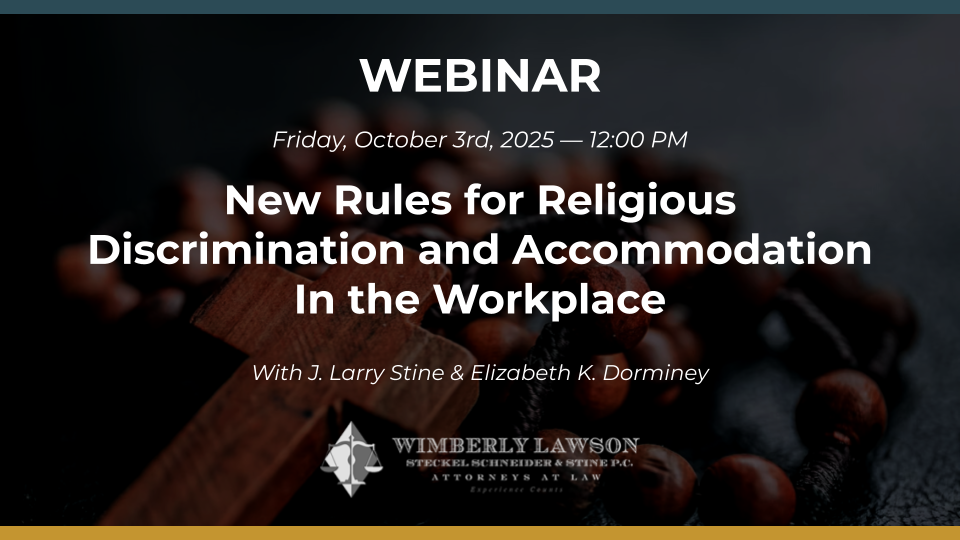Supreme Court Clarifies And Narrows The Definition of "Supervisor"
In an important decision, the Supreme Court clarified who is a “supervisor” for purposes of determining an employer’s liability for workplace harassment under Title VII, greatly narrowing the position urged by the EEOC and adopted by some courts.
In Vance v. Ball State Univ., 11-556, 2013 WL 3155228 (U.S. June 24, 2013), a divided Court held that only those people who have been empowered by the employer to make a “significant change in employment status, such as hiring, firing, failing to promote, reassignment with significantly different responsibilities, or a decision causing a significant change in benefits” are supervisors. The Court rejected various other definitions urged upon them, including that a supervisor includes anyone with authority to direct the activity of the alleged victim and that a supervisor includes those with authority to exercise “significant discretion” over the alleged victim’s daily work.
Why This Matters
This decision is important because employers have much greater liability when a supervisor engages in harassment directed at an employee than when the harassing behavior is carried out by a non-supervisor or coworker. When the harasser is a coworker, the employer is only liable for the harassing conduct if the employee proves that the employer was negligent in allowing the conduct to occur – in other words, if the employer failed to take reasonable steps to prevent harassment, knew about the particular conduct at issue, and failed to take prompt and appropriate remedial steps to stop the conduct. When the harassment is carried out by a supervisor, however, the employer is strictly liable if the harassment resulted in a tangible employment action, such as a demotion or termination, against the complaining employee. In these cases, if the harassing conduct occurred, the employer does not have any defense. Furthermore, even when a supervisor’s harassment did not result in a tangible employment action against the employee and correct, the employer is liable unless the employer proves that it took appropriate steps to prevent harassment and the employee unreasonably failed to take advantage of the opportunities the employer provided. For example, the employer had a well-publicized and consistently enforced policy against harassment, including procedures to complain of inappropriate conduct, and that the alleged victim failed to follow that policy, in order to allow the employer to remedy the conduct.
In the Court’s view, this narrower definition of who is a supervisor and therefore which standard of liability applies will be easier to apply than the broader and more flexible standard adopted by the EEOC and some courts. The Court emphasized that this narrow definition of supervisor does not mean that employers will escape liability for harassment carried out by those with some minimal levels of responsibility, but who do not actually have the power to take tangible employment actions. Rather, in these cases the employer will be liable if the employee proves that the employer was negligent in allowing the conduct to occur.
Practical Implications
While Vance is an important case and a victory for employers, it really applies to only a small number of harassment cases and even in those cases it merely changes the standards of proof; it does not eliminate employers’ obligation to attempt to be vigilant in their efforts to eliminate harassment from the work environment. The decision should be seen as another reminder of the importance that employers have an effective policy in place prohibiting harassment by all employees on any basis, that the policy includes a user friendly procedure for bringing complaints and concerns to the employer’s attention, and that the policy is consistently and fairly enforced. Only by doing so will employers avoid liability.
For questions or additional information call Rhonda Klein, Kathleen Jennings, Paul Oliver, or any other attorney at (404) 365-0900 or at rlk@wimlaw.com, kjj@wimlaw.com, or po@wimlaw.com.
Related Content
Get Email Updates
Recent Content

Trump Nominates Appointments to NLRB and EEOC but Policy Changes Likely to Be Delayed

DOL Launches Self-Audit Programs Designed to Help Employers Improve Compliance

DOL Must Release EEO-1 Reports to the Public under Open Records Laws

Current Advice on Active-Shooter Situations

New Policy for Federal Workers and Religious Expressions




